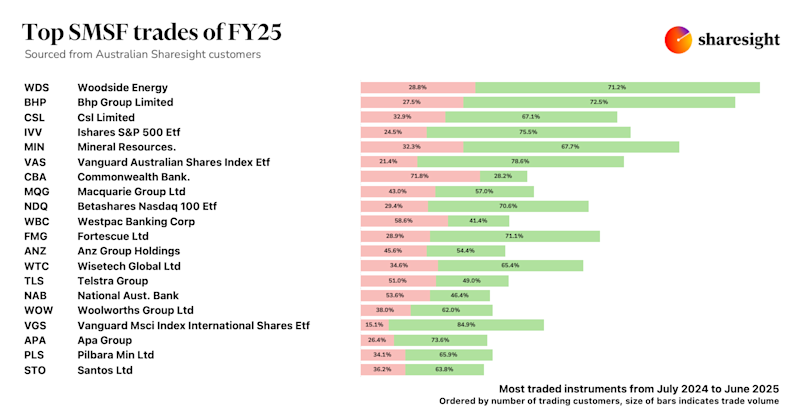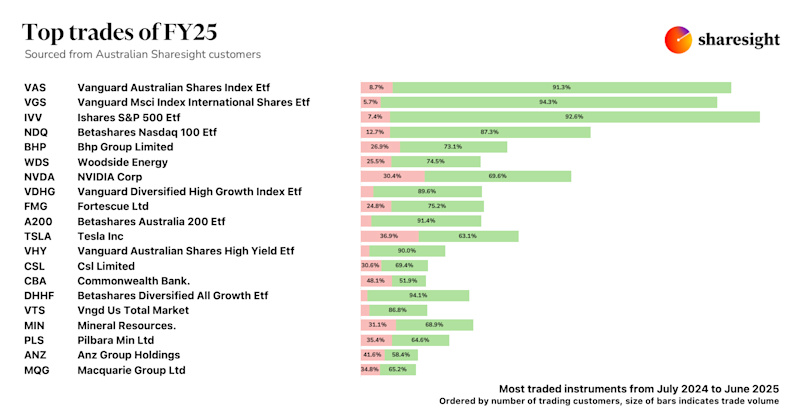What is quantitative-value investing?
Important Disclaimer. Sharesight does not provide tax or investment advice. The buying of shares can be complex and varies by country. You should seek tax and investment advice specific to your situation before acting on any of the information in this article.
Quantitative-value investing is a rules-based investing methodology for long-term investors. As its name implies, it merges mathematical analysis used by quantitative investors with the principles of value investing. By doing so, it helps to remove the emotion from investing, and cuts through the noise of the market. As such, it may provide a basis to improve your investment decisions. Here’s how it’s done.

How to implement quantitative-value investing
Step 1. Build a strategy
It starts with a strategy. The strategy is made up of two parts:
- Risk framework
- Portfolio diversification & rebalancing method
- Stock selection method
- Ranking the market & setting your buy/sell rules
A risk framework is created by adjusting your portfolio’s diversification and rebalancing methodology. Stocks are selected by ranking the whole market using metrics you know will target the companies you like (e.g. small companies, undervalued companies, dividend payers, companies with strong price momentum etc) and setting rules which will buy and sell them.
Step 2. Test your strategy
Once you’ve got your strategy, you need to test it over different markets and over different time periods. This helps to set your expectations going forward and ensures your strategy is reasonably robust.
Step 3. Follow your strategy
To track the stocks entering or leaving your strategy, you need to link it to a model portfolio. A model portfolio ties your strategy to the daily movements of the market, and allows you to compare its performance to your real portfolio.
Want to implement quantitative-value investing?
Sharesight users are able to connect their portfolios to quantitative-value backtesting engine Forwardcaster via the Sharesight API.
Using Forwardcaster, investors can build and test their own quantitative-value investing strategies. Once they’ve created a strategy they like, they can link it to their portfolio/s in order to track the results each day, week or month.
Forwardcaster’s Expert plan gives you 200 strategies (per month), as many model portfolios as you like, a market ranking tool, and a stock screener. Additionally, Forwardcaster uses the highest quality point-in-time database commercially available, so you can have confidence in the data being generated.

FURTHER READING

Sharesight users' top 20 trades – June 2025
Welcome to the June 2025 edition of Sharesight’s monthly trading snapshot, where we look at the top buy and sell trades by Sharesight users in all markets.

Top SMSF trades by Australian Sharesight users in FY24/25
Welcome to our annual Australian financial year trading snapshot for SMSFs, where we dive into this year’s top trades by Sharesight users.

Top trades by Australian Sharesight users in FY24/25
Welcome to the FY24/25 edition of our Australian trading snapshot, where we dive into this financial year’s top trades by Sharesight users.